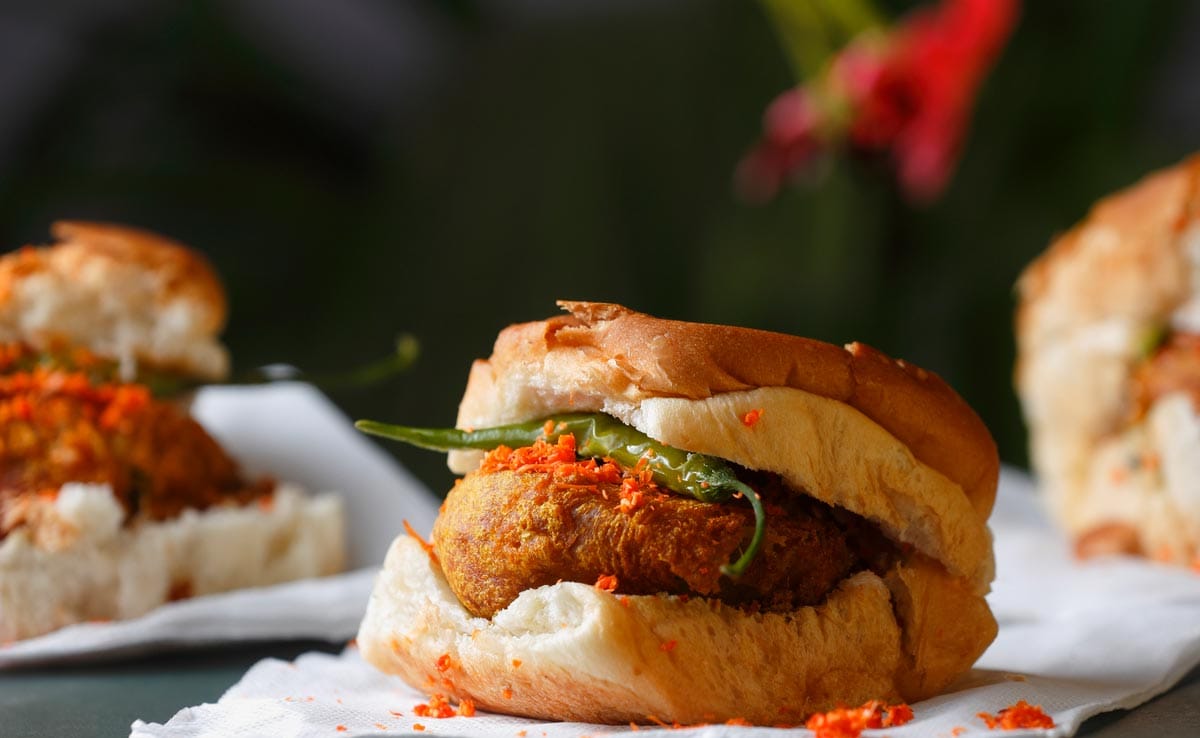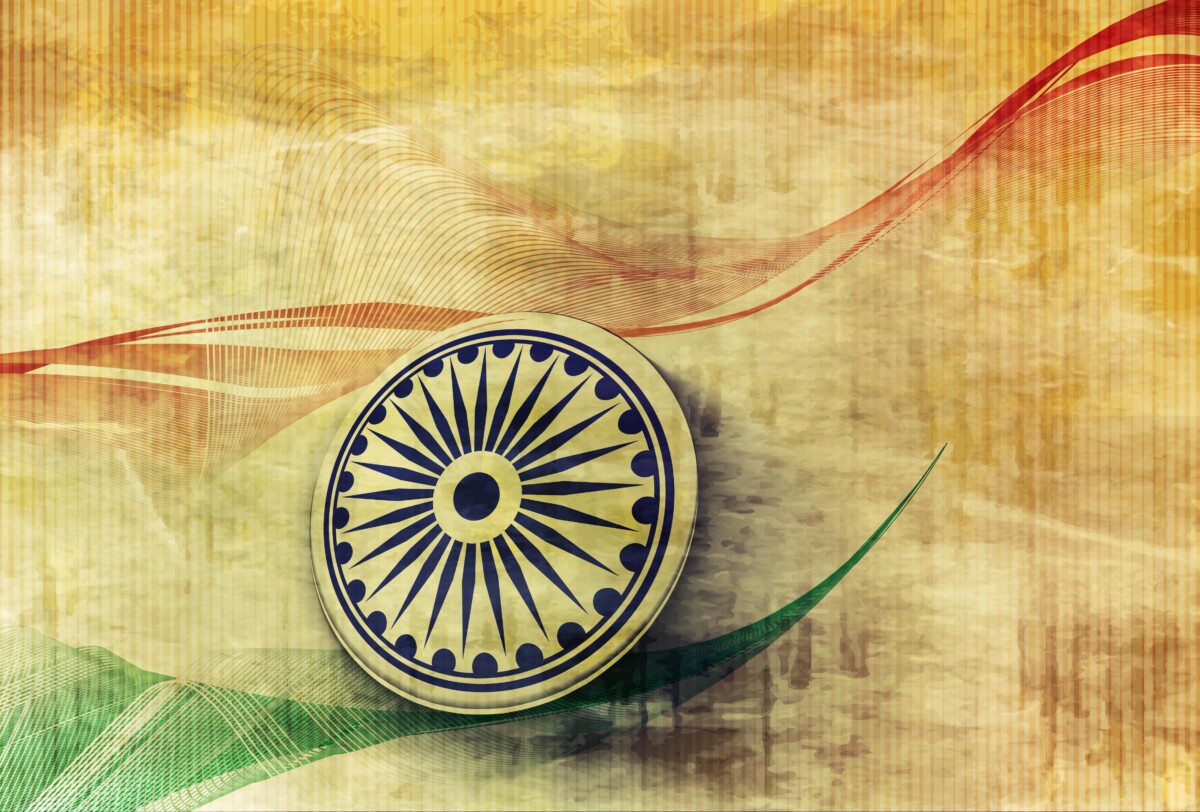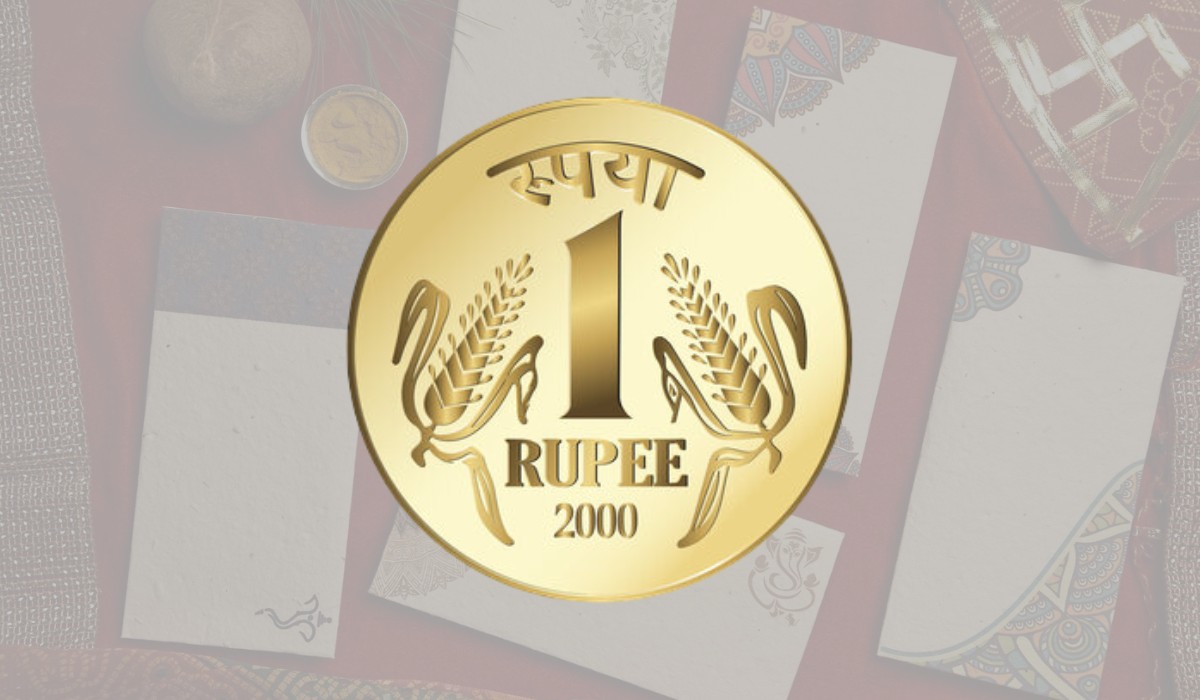The humble Vada Pav, a beloved street food of Mumbai, has a rich history intertwined with entrepreneurship, innovation, and cultural significance. Originating from the streets outside Dadar Station in the 1960s, this iconic snack has evolved into a symbol of Maharashtra’s culinary heritage, capturing the hearts and taste buds of millions.
Also Read: पेट्रोल-डीजल की कीमतों में 2 रुपये प्रति लीटर की हुई कटौती
The Birth of Vada Pav:
In the 1960s, amidst the bustling streets of Mumbai, Ashok Vaidya pioneered the creation of Vada Pav outside Dadar Station. Drawing inspiration from South Indian entrepreneurs who had set up Udupi restaurants, Vaidya experimented by placing a spicy potato patty, or Vada, between Pav (bread) slices, along with chutneys for added flavor. This innovative concoction became an instant hit among the city’s working-class population.
Also Read: India Tops as Canada Welcomes 400,000 Permanent Residents
Rise to Popularity:
As Mumbai’s textile mills faced closures during the 1970s and 80s, former mill workers turned to entrepreneurship, setting up Vada Pav stalls with the encouragement of political leaders. With its affordability, convenience, and unique taste, Vada Pav quickly became a staple snack for commuters enduring long hours on overcrowded local trains.
Also Read: Spotify ने की YouTube को टक्कर देने की तैयारी, टेस्ट कर रहा फुल म्यूजिक वीडियो फीचर
Cultural Significance:
It transcends social barriers, uniting people from all walks of life. Even the late Balasaheb Thackeray, a prominent political figure, was a regular patron of Vaidya’s stall. The snack’s popularity continued to soar, despite the arrival of global fast-food chains in India, showcasing the enduring appeal of homemade, locally-flavored delicacies.
Also Read: Trans-Siberian Railway: A Journey Across 9,289 Kilometers
Entrepreneurial Ventures:
In the 2000s, Mumbai-based entrepreneur Dheeraj Gupta capitalized on the popularity of Vada Pav by establishing the chain ‘JumboKing,’ branding it as the “Indian Burger.” This move further propelled the snack into the mainstream, with numerous chains emerging across India. However, for Mumbaikars, nothing compares to the authenticity of their beloved street-side snack.
Also Read: Centre Proposes Ban on Import, Breeding, Selling of ‘Ferocious’ Dog Breeds
Legacy and Continuation:
Ashok Vaidya’s legacy lives on through his son, Narendra, who continues to operate the family’s Vada Pav stall outside Dadar Station. With the same simplicity and dedication as his father, Narendra serves up Vada Pav to commuters and tourists alike, keeping alive the culinary tradition that has defined Mumbai’s street food culture for decades.
Also Read: Former Karnataka CM BS Yediyurappa booked under POCSO
The story of Vada Pav is a testament to the power of innovation, resilience, and community. From its humble origins outside Dadar Station to its status as Maharashtra’s culinary icon, it embodies the spirit of entrepreneurship and cultural heritage. As Mumbai celebrates World Vada Pav Day on August 23rd, the legacy of Ashok Vaidya and his flavorful creation continues to inspire generations of food lovers across India and beyond.
Also Read: 8 railway stations renamed by Maharashtra Cabinet











